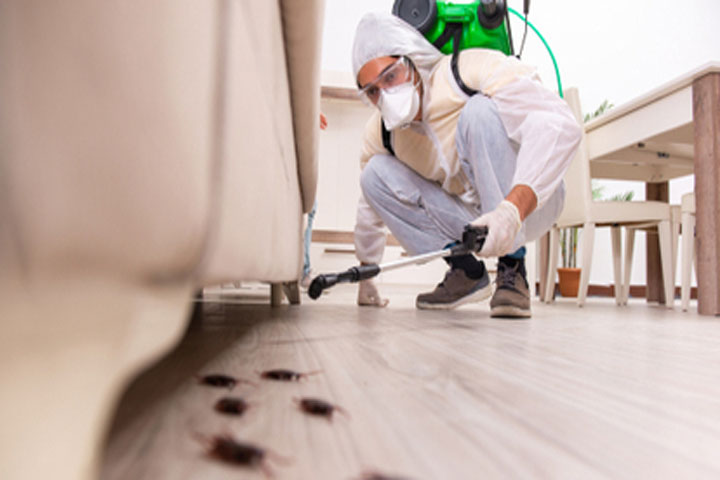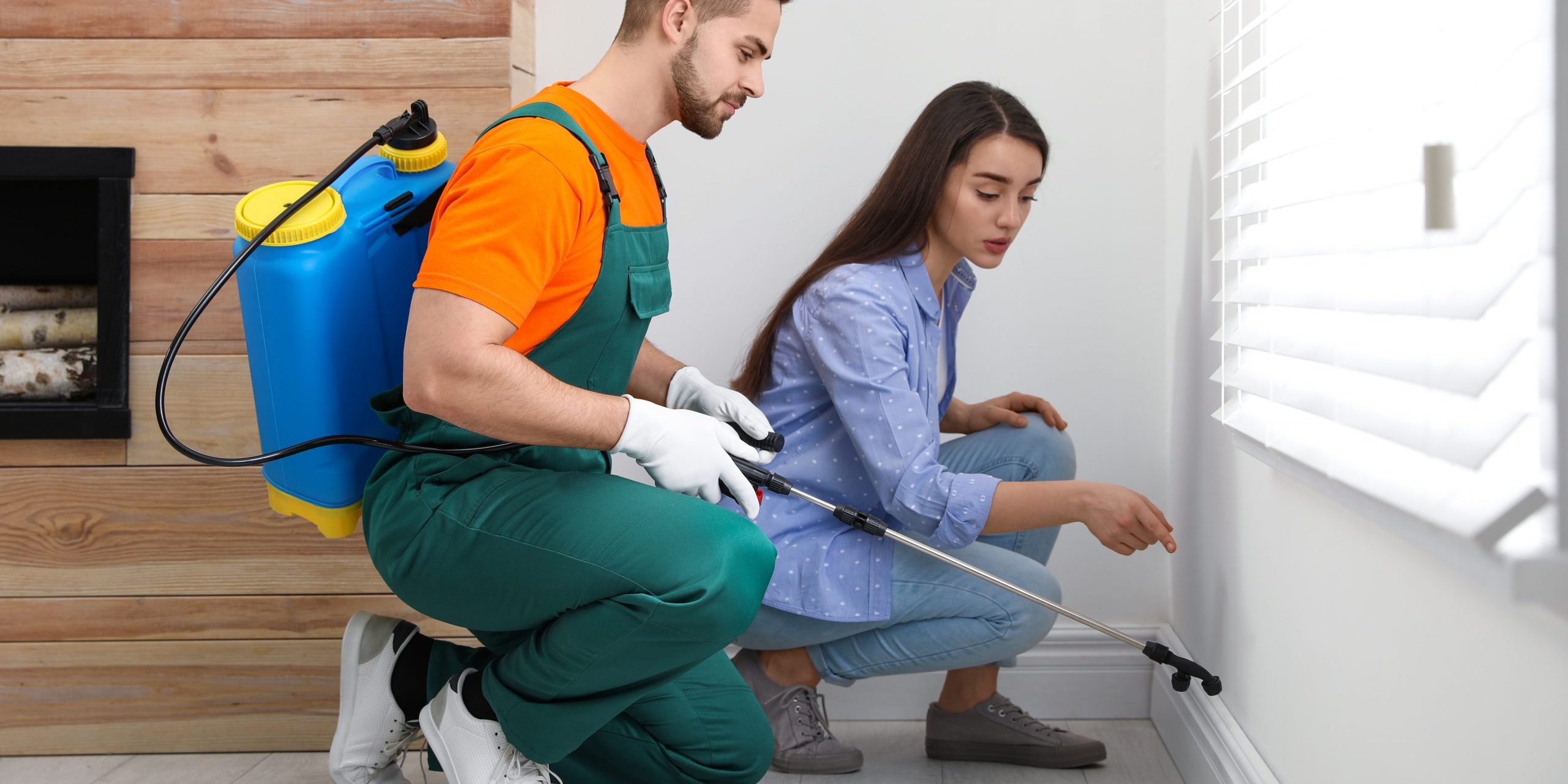Professional Insect Control Techniques for Long-Term Outcomes
In the world of parasite control, achieving sustained effectiveness and long-lasting outcomes calls for a thorough strategy that goes beyond plain extermination. Expert parasite control strategies envelop an extensive strategy that begins with a thorough assessment and analysis, followed by exact bug identification to recognize their habits patterns. The application of Integrated Insect Management (IPM) concepts, coupled with eco-conscious treatments, creates the keystone of sustainable pest eradication. The real test exists in the recurring tracking and maintenance of the treated areas, guaranteeing a pest-free atmosphere for the direct future. By delving right into the details of these strategies, a much deeper understanding of professional parasite control techniques for sustaining results arises.
Evaluation and Assessment
Upon going into a residential or commercial property for pest control solutions, the initial action is an extensive inspection and analysis to determine the degree of the infestation and establish the most reliable treatment plan. Expert pest control service technicians are educated to carefully examine the facilities, looking for indications of pest activity such as droppings, chomp marks, nests, or any kind of structural damage. They will certainly also evaluate the conditions that may be bring in pests, such as food sources, water leakages, or access points.

Parasite Recognition and Actions

Moreover, understanding the actions of the identified bug is key to carrying out reliable control steps. Understanding where bugs nest, what they feed on, and their activity patterns can assist pest control experts create methods to remove them efficiently. Some pests might be nocturnal, while others are more active throughout the day. This expertise enables the application of therapies at ideal times for maximum performance.
Integrated Insect Management (IPM)
Integrated Pest Administration (IPM) techniques combine numerous strategies to manage and stop insect invasions in a sustainable and environmentally pleasant way. exterminator. By integrating methods such as organic control, habitat manipulation, alteration of cultural techniques, and using resistant ranges, IPM aims to decrease the usage of chemical pesticides
One of the vital principles of IPM is the focus on prevention. This aggressive technique involves tracking pest populaces on a regular basis to spot any type of potential problems prior to they intensify. By recognizing insect troubles early, pest control measures can be carried out promptly and efficiently.
In addition, IPM advertises making use of safe pest control techniques whenever feasible. This can include using natural predators of the bugs, introducing valuable insects, or using scents to disrupt mating patterns. By lowering reliance on chemical pesticides, IPM not only secures the setting but additionally aids maintain a balance in the community.
Environmentally-Friendly Therapies
Implementing eco-conscious techniques in parasite control procedures can successfully deal with invasions while focusing on environmental sustainability. Environmentally-friendly treatments focus on lessening the effect of bug control methods on communities, non-target microorganisms, and human wellness. These approaches often involve using natural predators, such as ladybugs or nematodes, to manage pest populations, minimizing the demand for chemical treatments. In addition, strategies like environment manipulation, such as readjusting dampness degrees or getting rid of food resources, can aid discourage bugs without the use of dangerous compounds.
One more key aspect of environmentally-friendly therapies is making use of natural and naturally degradable products that damage down exterminator swiftly without leaving dangerous residues in the environment. Agricultural pesticides stemmed from plants like chrysanthemums or neem offer reliable bug control while positioning marginal threat to non-target types. Utilizing approaches like warm treatments or scent traps can target certain insects with accuracy, lowering the overall ecological impact of bug control practices.
Recurring Monitoring and Upkeep
Normal examinations by trained professionals are necessary to determine any kind of indicators of parasite task, examine the performance of previous therapies, and make modifications to the bug control strategy as needed. By keeping track of bug populaces over time, insect control professionals can track patterns, expect potential issues, and implement preventive actions to decrease the threat of future problems.
In enhancement to tracking, maintenance methods are important for lasting insect control success. This consists of carrying out proper cleanliness measures to remove potential food and water resources for pests, securing off entry indicate prevent bugs from entering the properties, and dealing with any kind of structural problems that could help with parasite infestations (bed bug treatment). By including continuous tracking and upkeep into an integrated bug administration method, businesses can make sure a pest-free setting and secure their property versus costly damage and health and wellness threats
Verdict
To conclude, using specialist insect control strategies such as comprehensive evaluation and evaluation, precise parasite recognition and understanding of their behavior, integrated pest management techniques, environmentally-friendly treatments, and continuous tracking and upkeep are crucial for accomplishing long-lasting cause bug control. By applying these approaches, people can properly take care of parasite problems and keep a pest-free setting in a lasting way.
Comments on “Expert Exterminator Services: Bid Farewell to Vermin for Good!”